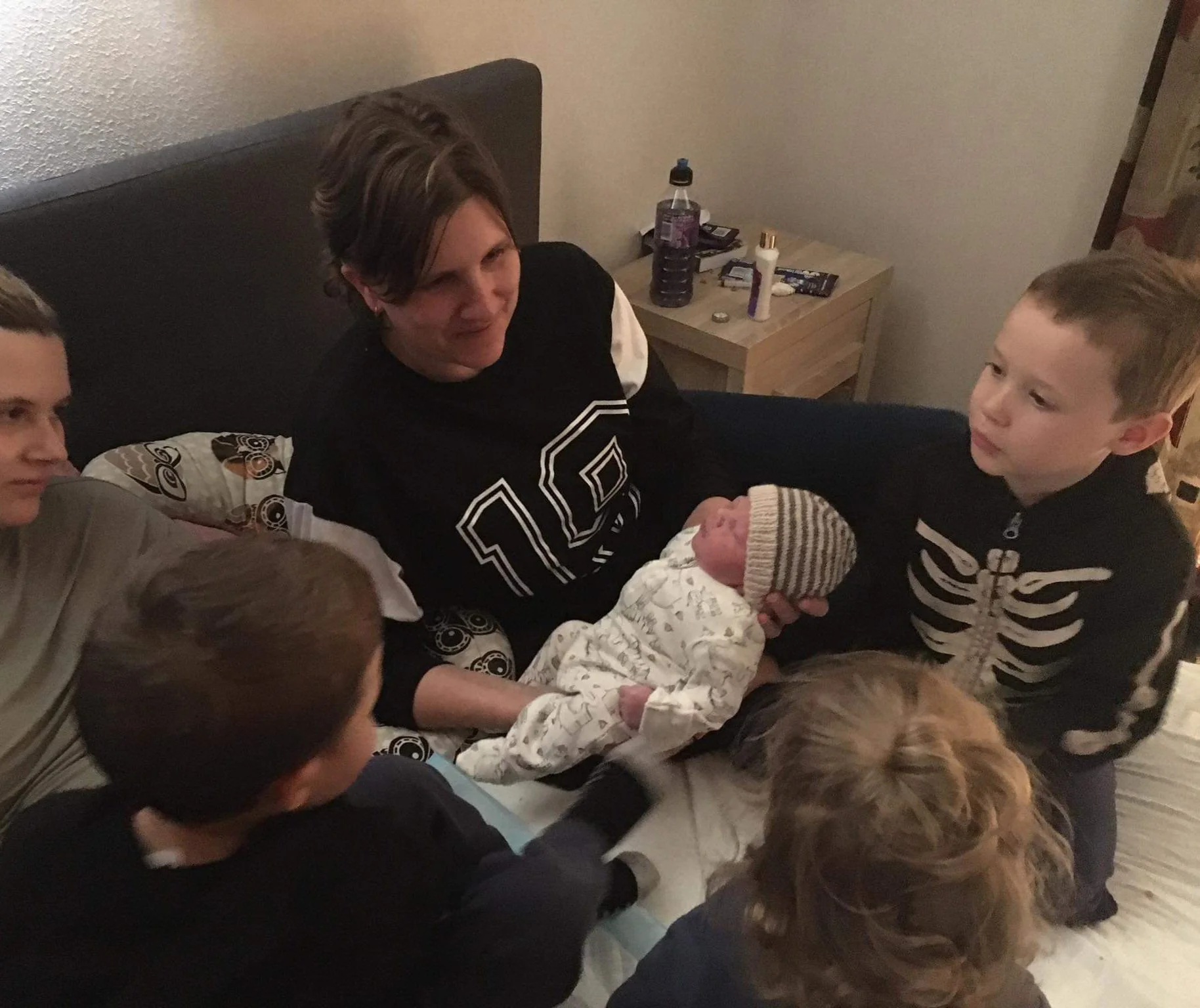Number Four and More
“It was different to the other births right from the beginning. For my others I hadn’t incorporated any customary birthing practices. I wasn’t ready and I didn’t know alot about what these practices were. For number four everything aligned and this time I was ready.”
Kalese Phillips is a dynamic young Kāi Tahu mother, a midwifery student in her second year at ARA completing her Bachelor of Midwifery, a partner and master juggler of domestic life, career and personal interests.
When Kalese was 32 weeks hapū with Charlie she had been thinking and talking to her friends about the inclusion of some customary birthing practises in her birthing plan. Kalese rang her midwife and told her she had made a decision to have this pēpi at home. With COVID restrictions in place it was also a practical move for Kalese with less restrictons than the birthing unit. Her father would hacve the chance to be with her too. He lived in Nelson and was worried about the unknown arrival of his mokopuna and timing his visits to Ōtautahi. However, Kalese said he arrived on the Friday and she birthed on the Saturday. She believed that having whānau there relaxed her and allowed her pēpi to come forth.
Kalese also used whiītau muka to tie her pēpi’s iho (umblical cord). Initially Kalese didn’t know how to make the muka cordage nor how to source it herself. So she used a clamp on Charlie’s iho initially, however her nana came to the rescue and managed within a 24 hour period post birth to source some muka. Kalese had researched and learnt about the anti bacterial properties of the muka. The muka came clean in a zip lock bag and she used it as came with no problems. Alongside her nana they removed the clamp and replaced it with the whītau muka. It took 4-5 days to dry and fall away faster than her other babies clamped iho.
Discussions around Charlie’s whenua came next, and again her nana answered a practical problem of where to bury the whenua since Kalese was in a rental home. The whenua was initially put in a pot of dirt and transfered to her nana’s home and buried with a rose plant on top. Both Kalese and her nana learnt a karakia for the occassion and with the whānau in attendance they recited their karakia and buried the whenua in a celebration of whakapapa.
Neither Kalese or her nana would have fathomed how much of an impact knowledge retrieval would have on them. They both realised that learning and practising cultural knowledge made them feel more connected to their Ngāi Tahutanga. Kalese described it as feeling butterflies in her puku (tummy) of excitement and a deep knowing that this was right for her and her whānau. Now Kalese and her nana can help others in their whānau access information to utilise customary Māori birthing practices.
Charlie’s birth has provoked exciting conversations in the whānau. For Kalese she has realised that she can incorporate practises influenced by her tīpuna and that with respect and tautoko from her whānau she can explore this further. So, does this mean more pēpi for Kalese? She responded after a slight pause, “yeah probably” then laughed. Would she incorporate customary birthing practices again? “Totally” Kalese replied without any hesitation. She would definitely revisit the practices she implemented for Charlie and then perhaps learn with guidance from her whānau and hapū some appropriate karakia and the application of these throughout her next hapūtanga and birth.


